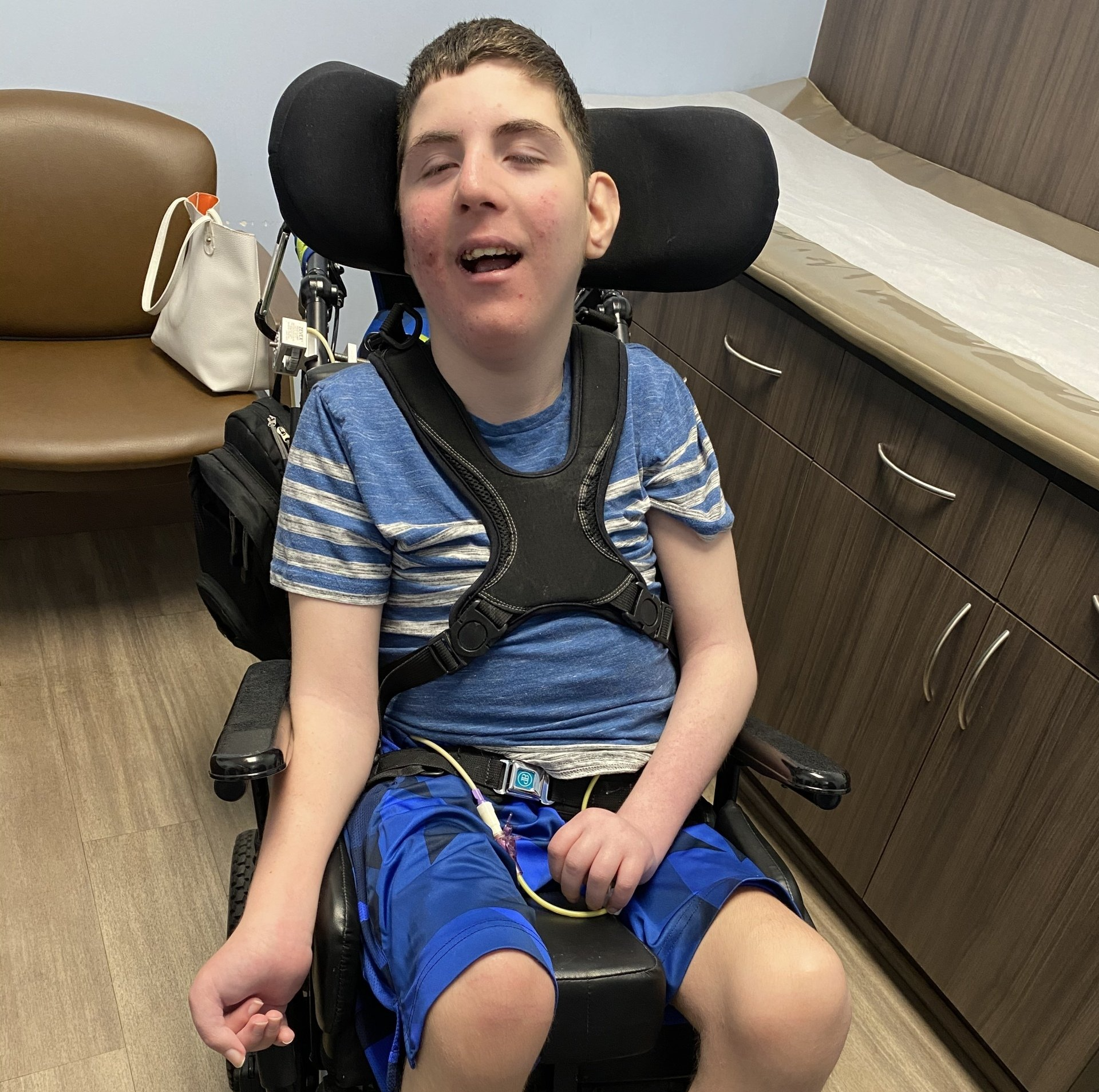Cerebral palsy (CP) is a neurological condition that disrupts muscle tone, posture, and movement, affecting individuals differently depending on the severity and parts of the brain involved. CP is caused by damage to the brain either during fetal development, at birth, or shortly after. This condition, though non-progressive, has a lifelong impact, requiring comprehensive care and support to manage its symptoms effectively.
At Brimex Medical, Inc., we specialize in intellectual and developmental disability support to ensure that every individual affected by cerebral palsy finds their rightful place in the community. Our holistic services address both physical and emotional needs, empowering our patients and their families.
Understanding Cerebral Palsy: The Basics
Cerebral palsy stems from brain injuries that impair the ability to control muscle movements. While CP primarily affects motor functions, it can also impact other aspects of development, such as communication and learning. Importantly, having CP doesn’t automatically equate to having intellectual disabilities—many individuals with CP have normal cognitive abilities.
Types of Cerebral Palsy
1. Spastic Cerebral Palsy:
This is the most common type, characterized by muscle tightness and spasms, which can limit mobility and cause discomfort.
2. Dyskinetic Cerebral Palsy:
This type leads to uncontrollable, involuntary movements that can range from writhing to jerking. It often affects the hands, arms, and legs, making daily tasks challenging.
3. Mixed Cerebral Palsy:
A combination of spastic and dyskinetic symptoms, this type involves muscle stiffness and involuntary movements.
Subtypes Based on Body Regions Affected:
- Diplegic: Mainly affects the legs.
- Quadriplegic: Impacts all four limbs.
- Hemiplegic: Affects one side of the body.
- Monoplegic: Targets a single limb.
- Paraplegic: Primarily affects the legs.
Brimex Medical, Inc. integrates tailored therapeutic interventions to address the unique challenges posed by each type of CP, promoting optimal functionality and independence.
Causes of Cerebral Palsy
Cerebral palsy results from brain injuries or abnormalities that occur before, during, or shortly after birth.
Prenatal Causes:
- Premature birth and low birth weight.
- Oxygen deprivation during pregnancy.
- Maternal infections or substance use during pregnancy.
Perinatal Causes (at birth):
- Complications during labor and delivery.
- Neonatal jaundice and kernicterus (brain damage caused by high bilirubin levels).
Postnatal Causes:
- Traumatic brain injuries.
- Central nervous system infections, such as meningitis.
- Stroke or lack of oxygen due to choking or other emergencies.
Recognizing Symptoms of Cerebral Palsy
The symptoms of cerebral palsy vary depending on the severity and type. Early detection is key to ensuring timely intervention.
Non-Movement Symptoms:
- Delayed developmental milestones (sitting, crawling, or walking).
- Unusual muscle tone (either floppy or overly stiff).
- Feeding or swallowing difficulties.
Movement-Related Symptoms:
- Spasticity: Tight and rigid muscles that are difficult to move.
- Dystonia: Painful muscle spasms that can hold a person in uncomfortable positions.
- Ataxia: Difficulty with balance and coordination.
Brimex Medical, Inc. emphasizes early diagnosis and personalized treatment plans to address these symptoms and enhance quality of life.
Managing and Treating Cerebral Palsy
Although there is no cure for CP, treatments focus on managing symptoms and improving daily functioning.
1. Medications:
- Muscle relaxants like baclofen for spasticity.
- Anticonvulsants for epilepsy often associated with CP.
2. Physical Therapy:
This cornerstone of CP management improves mobility and strengthens muscles.
3. Occupational Therapy:
Helps individuals master everyday tasks, from dressing to using adaptive devices.
4. Speech Therapy:
Improves communication skills for individuals with speech or swallowing difficulties.
5. Surgical Interventions:
Procedures like tendon release surgery can reduce muscle tightness, improving mobility.
At Brimex Medical, Inc., our interdisciplinary team collaborates to provide these treatments, ensuring every individual receives the support they need to thrive.
Living with Cerebral Palsy
For individuals with CP, daily life often requires adaptive strategies and tools to overcome challenges. Families and caregivers play a critical role in fostering independence and self-esteem.
Tips for Managing CP:
- Encourage physical activity tailored to individual abilities.
- Utilize assistive technologies like wheelchairs, communication devices, or custom orthotics.
- Connect with support networks for emotional and practical assistance.
Brimex Medical, Inc. provides access to resources and community programs that empower individuals and families navigating the complexities of CP.
Preventing Cerebral Palsy
While not all cases of CP are preventable, certain steps can reduce the risk:
- Prenatal care, including monitoring maternal health and addressing potential complications.
- Vaccinations to prevent infections that could harm fetal development.
- Prompt treatment for jaundice in newborns to avoid kernicterus.
Why Choose Brimex Medical, Inc.?
At Brimex Medical, Inc., our intellectual and developmental disability support services are designed to create inclusive, nurturing environments for individuals with CP. Through personalized care plans, advanced therapies, and community engagement, we strive to help each individual reach their fullest potential.
Contact us today to learn more about how we can support you or your loved one on this journey.

